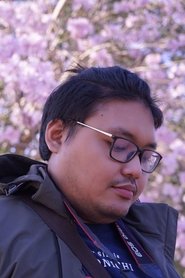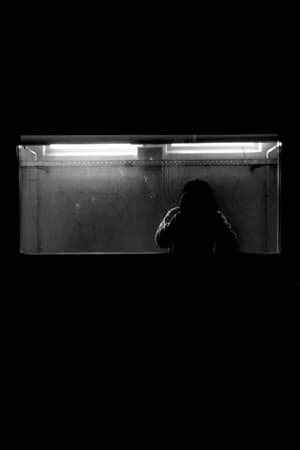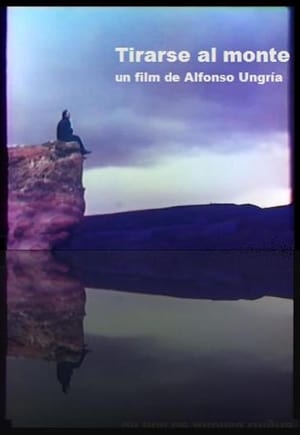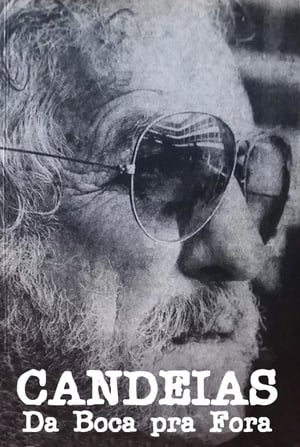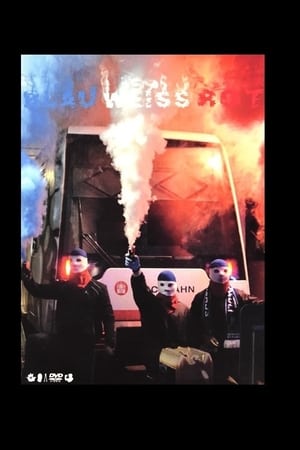

Follow 48 ชอบก็ให้รู้ว่าชอบ(2019)
Movie: Follow 48 ชอบก็ให้รู้ว่าชอบ
Top 4 Billed Cast
Self
Self
Self

Follow 48 ชอบก็ให้รู้ว่าชอบ
HomePage
Overview
Release Date
2019-06-15
Average
10
Rating:
5.0 startsTagline
Genres
Languages:
Keywords
Recommendations Movies
 5.6
5.6Present Still Perfect(th)
Toey and Oat have to choose between “moral” and “desire”. Their love is meant to be beautiful, but it hurts people around them. How are they going to deal with it?
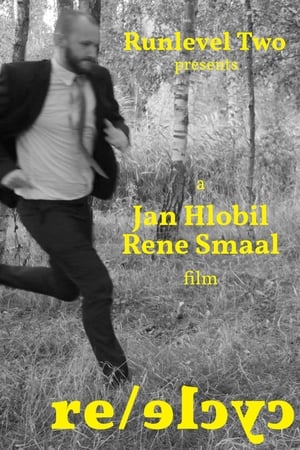 7.7
7.7Re/cycle(en)
With input from actor and writer Jan Hlobil, director and cinematographer Rene Smaal presents a film in the true surrealist tradition, in the sense that only 'found' elements were used, and that it defies interpretation based on ordinary cause-and-effect time sequence.
 7.6
7.6Re-Cycling(en)
This direct-to-draw animated film on 35 mm film features the imagery of 10 European directors in a collective project. Each produced 1 minute of animation on film, drawing directly onto it in his or her own style.
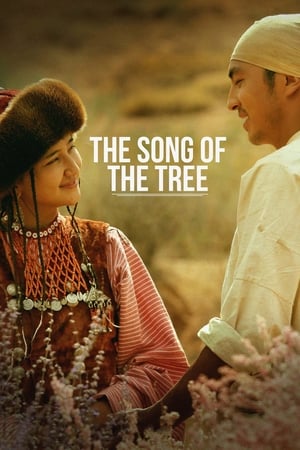 5.3
5.3The Song of the Tree(ky)
Esen, a young man who has been expelled from his village, escapes with the daughter of one of the most powerful men in the village. Whilst being pursued, he is forced to fight for her hand in a battle that results in the destruction of a sacred totem tree. This puts the whole village in jeopardy, and it is up to Esen to redeem himself and save them all.
 3.4
3.4Cruel and Unusual(en)
A sleepy Oregon village turns deadly when Adam, introducing himself as an English professor working on his first novel, befriends Kate and Mike, a brother and sister trying to put their lives back together after the death of their father. The two welcome the stranger, unaware that their actions will lead them down a dangerous path into the mind and grip of a deadly serial killer.
Saheba(kn)
An ordinary book shop owner Manu, helps Nandhini to enter film industry, without coming into the picture.
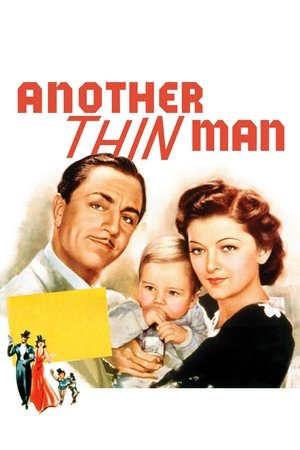 7.1
7.1Another Thin Man(en)
Not even the joys of parenthood can stop married sleuths Nick and Nora Charles from investigating a murder on a Long Island estate.
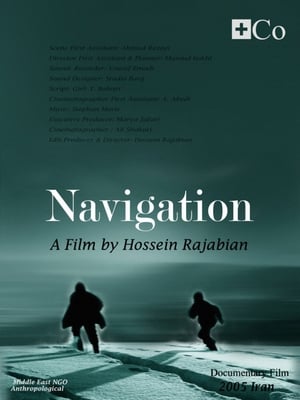 10.0
10.0Navigation(fa)
“Navigation” is the name of a documentary film directed by Hossein Rajabian, the Iranian filmmaker.It was produced for an anthropological NGO in the Middle East, but was never released due to censorship in Iran.The movie is about a group of children between eight and twelve years of age who had not left their village before the production of the work in 2005. They had not even gone to nearby villages because of the impassibility of the roads in their place of residence. However, one day, their teacher decides to take them to the sea. Their trip accidentally coincides with the travel of Anousheh Ansari, the first female Iranian astronaut, to space. The movie simultaneously narrates both events.
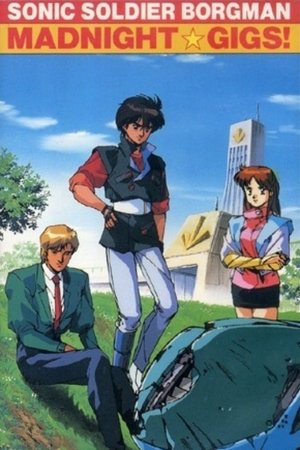 5.8
5.8Sonic Soldier Borgman: Madnight☆Gigs!(ja)
A music clip OVA using full versions of songs that were from the anime.
 4.0
4.0My First Female Lover(en)
Camille (Misty Mundae), is on the phone telling her friend Jenny (Jane Ester) about life at college. When she tells Jenny about the drunken lesbian encounter she had with Janine (Ruby LaRocca)they both get very turned on.
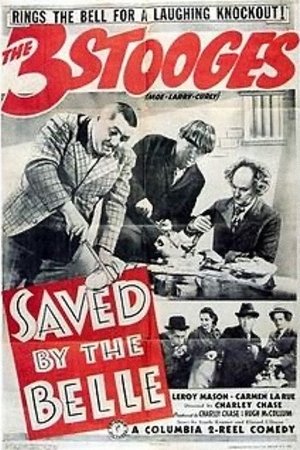 5.0
5.0Saved by the Belle(en)
The stooges are traveling salesmen stranded in Valeska, a tropical country prone to earthquakes. Having no luck selling fur coats to the natives they are arrested when they receive a telegram instructing them to "get rid of present wardrobe" and an official thinks they are planning to assassinate president Ward Robey. With the help of Rita, a beautiful revolutionary, the boys escape a firing squad, and are sent on a mission to deliver important plans to the revolutionary leader. When they deliver a rolled up calendar by mistake, they are once again heading for a firing squad but are spared when Rita arrives with the real plans.
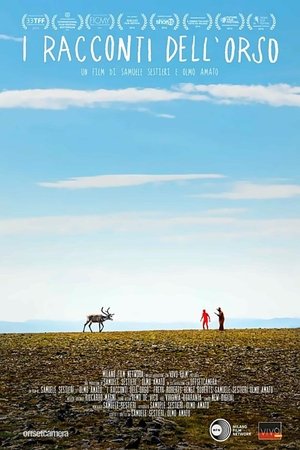 6.2
6.2The Bear Tales(it)
Through deserted Scandinavian landscapes, a robot monk follows a little red man. Only when they find a wounded teddy bear do they have a common goal.
Tom Thumb's Brother(en)
While Tom Thumb is very, very small, his kid brother, Pee Wee, is even smaller and Pee Wee's only wish is to be as big and strong as Tom. When tiny Tom is cornered by a kitten, Pee Wee comes to his brother's rescue and proves to himself that what he lacks in size, he makes up for in quality.
Mine(en)
Fifty years of marriage. Fifty years of love and happiness. Fifty years of lies. When Walter steps on a live land mine in a remote field in England, he finds himself at the mercy of his wife Diane, who has recently unearthed a deadly secret buried in their past. As the tension mounts and truths are unraveled, Walter and Diane's relationship speeds towards an explosive climax.
 7.3
7.3Priyan Ottathilaanu(ml)
Dr. Priyadarshan, a middle class man, silently goes through the pangs of hyperactivity and ADHD that entangles him into a series of coincidental events. He then meets Priscilla, a feisty, constantly doubtful and depressed girl.
Similar Movies
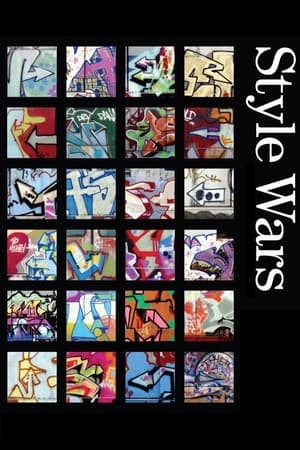 7.4
7.4Style Wars(en)
Tony Silver and Henry Chalfant's PBS documentary tracks the rise and fall of subway graffiti in New York in the late 1970s and early 1980s.
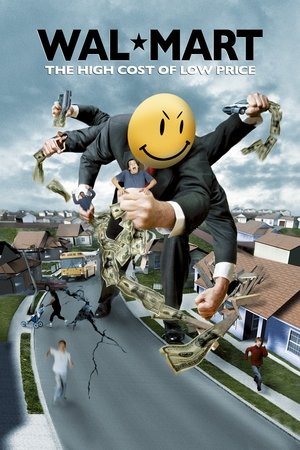 6.2
6.2Wal-Mart: The High Cost of Low Price(en)
This documentary takes the viewer on a deeply personal journey into the everyday lives of families struggling to fight Goliath. From a family business owner in the Midwest to a preacher in California, from workers in Florida to a poet in Mexico, dozens of film crews on three continents bring the intensely personal stories of an assault on families and American values.
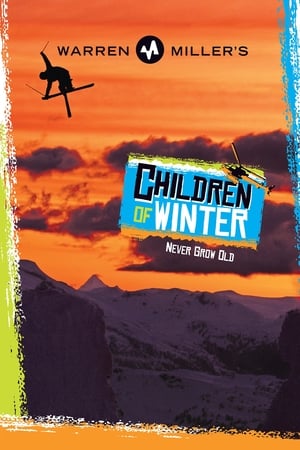 4.8
4.8Children of Winter(en)
Warren Miller's Children of Winter showcases incredible cinematography that will get you craving deep powder, fresh lines, and outrageous adventure! It will take you on a daring escape to electrifying global destinations, including Japan, Austria, Iceland, and more! Don't forget to breathe as snowboarding's Olympic Gold Medalist Seth Westcott charges down the Alaskan backcountry, as surf legend Gerry Lopez shreds the Oregon steeps, and as Chris Anthony takes on Leadville Colorado's legendary Skijoring competition.
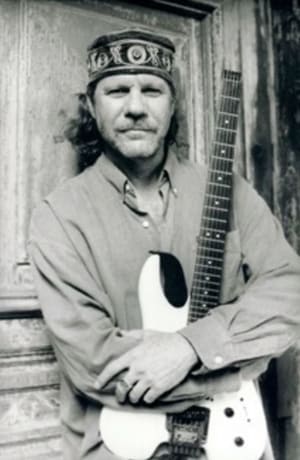 0.0
0.0So Near... So Far(en)
The young American Pablo Menéndez came to Cuba to study Music at the National School of Art. Here he formed a family and became one more Cuban. Member of the Sound Experimentation Group of ICAIC and promoter of the teaching of the electric guitar in Cuba, he is, together with his group Mezcla, one of our most original musicians.
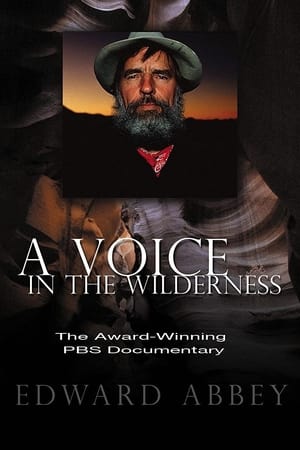 0.0
0.0Edward Abbey: A Voice in the Wilderness(en)
When Edward Abbey died in 1989 at the age of sixty-two, the American West lost one of its most eloquent and passionate advocates. Through his novels, essays, letters and speeches, Edward Abbey consistently voiced the belief that the West was in danger of being developed to death, and that the only solution lay in the preservation of wilderness. Abbey authored twenty-one books in his lifetime, including Desert Solitaire, The Monkey Wrench Gang, The Brave Cowboy, and The Fool's Progress. His comic novel The Monkey Wrench Gang helped inspire a whole generation of environmental activism. A writer in the mold of Twain and Thoreau, Abbey was a larger-than-life figure as big as the West itself.
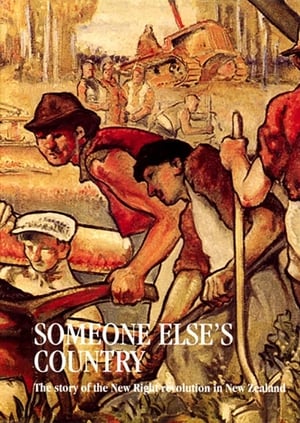 0.0
0.0Someone Else's Country(en)
Someone Else’s Country looks critically at the radical economic changes implemented by the 1984 Labour Government - where privatisation of state assets was part of a wider agenda that sought to remake New Zealand as a model free market state. The trickle-down ‘Rogernomics’ rhetoric warned of no gain without pain, and here the theory is counterpointed by the social effects (redundant workers, Post Office closures). Made by Alister Barry in 1996 when the effects were raw, the film draws extensively on archive footage and interviews with key “witnesses to history”.
 0.0
0.0In a Land of Plenty(en)
The story of unemployment in New Zealand and In A Land of Plenty is an exploration of just that; it takes as its starting point the consensus from The Depression onwards that Godzone economic policy should focus on achieving full employment, and explores how this was radically shifted by the 1984 Labour government. Director Alister Barry's perspective is clear, as he trains a humanist lens on ‘Rogernomics' to argue for the policy's negative effects on society, as a new poverty-stricken underclass developed.
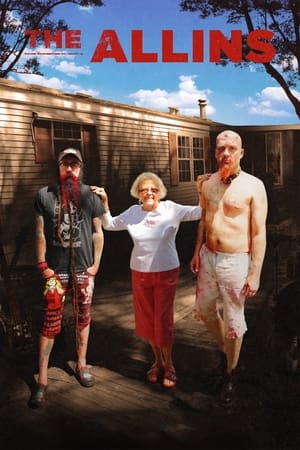 6.8
6.8The Allins(en)
In New Hampshire, a legend is buried. GG Allin, the most outrageous singer in rock'n roll history. He was known for defecating on stage, fighting and having sex with the audience. He died a mythological death from a heroin overdose in 1993, aged 37. Directed by the award-winning director Sami Saif, THE ALLINS is a loving and entertaining look at the family of the departed rock singer.
 8.0
8.0Einstein's Universe(en)
A documentary produced in 1979 to celebrate the centenary of the birth of Albert Einstein. Narrated and hosted by Peter Ustinov and written by Nigel Calder.
 1.0
1.0Gray House(en)
A silent fisherman in Texas, a blazing oil field in North Dakota, a mysterious community in Virginia, a women’s prison in Oregon, and a modernist home in California are the ostensible subjects of Austin Lynch and Matthew Booth’s new feature, GRAY HOUSE. But as meditations upon nature, isolation, decadence, and destitution, they are flawless conduits for seamless blends of documentary and narrative form, and stunning explorations of sound, image, and cinematic time. Mysterious and elusive, yet possessing an aesthetic and sensory unity (appearances by Denis Lavant, Aurore Clément, and Dianna Molzan mix with direct addresses from real-life laborers and inmates), GRAY HOUSE quietly recalibrates one’s sense of the world and our place within it.
 7.0
7.0Erebus: Operation Overdue(en)
On 28 November 1979, an Air New Zealand jet with 257 passengers went missing during a sightseeing tour over Antarctica. Within hours 11 ordinary police officers were called to duty to face the formidable Mount Erebus. As the police recovered the victims, an investigation team tried to uncover the mystery of how a jet could fly into a mountain in broad daylight. Did the airline have a secret it wanted to bury? This film tells the story of four New Zealand police officers who went to Antarctica as part of the police operation to recover the victims of the crash. Set in the beautiful yet hostile environment of Antarctica, this is the emotional and compelling true story of an extraordinary police operation.
 0.0
0.0Pierre Fatumbi Verger: Messenger Between Two Worlds(pt)
Inspired by the life of the french-born photographer and ethnographer, Pierre Verger, the movie follows his journey between Bahia, Brazil and Benin, Oriental Africa, showing places and people he met and his life study project: the Candomblé culture.
On 'Orientalism'(en)
Edward Said's book ORIENTALISM has been profoundly influential in a diverse range of disciplines since its publication in 1978. In this engaging (and lavishly illustrated) interview he talks about the context within which the book was conceived, its main themes and how its original thesis relates to the contemporary understanding of "the Orient." Said argues that the Western (especially American) understanding of the Middle East as a place full of villains and terrorists ruled by Islamic fundamentalism produces a deeply distorted image of the diversity and complexity of millions of Arab peoples.
 7.2
7.2Dawn of the Damned(fr)
This excellent feature-length documentary - the story of the imperialist colonization of Africa - is a film about death. Its most shocking sequences derive from the captured French film archives in Algeria containing - unbelievably - masses of French-shot documentary footage of their tortures, massacres and executions of Algerians. The real death of children, passers-by, resistance fighters, one after the other, becomes unbearable. Rather than be blatant propaganda, the film convinces entirely by its visual evidence, constituting an object lesson for revolutionary cinema.
